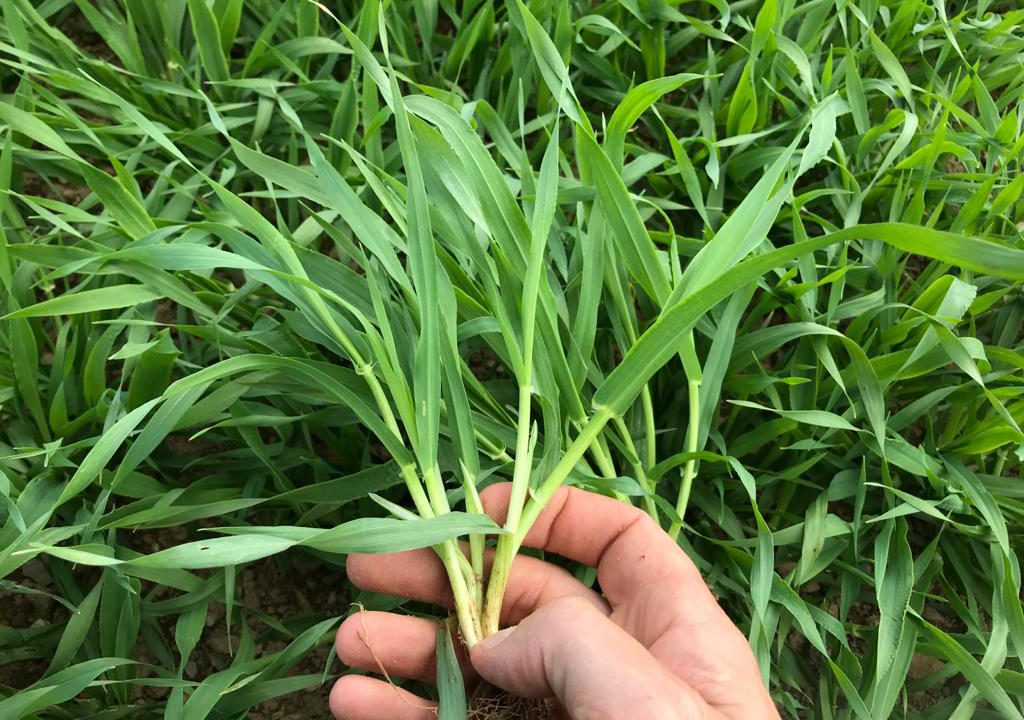Teagasc is strongly advising cereal growers to forward sell a proportion of their grain at this stage of the season.
“With wheat and barley prices north of €320/t at the present time, it makes perfect sense to take this approach,” confirmed Teagasc tillage specialist Shay Phelan.
As a rule of thumb, Phelan is suggesting that growers should cover 30% of their crops with agreed prices at this stage.
But where the future acquisition of fertiliser is concerned, Phelan is advising a more wait-and-see approach.
“No one really knows how the fertiliser market is going to perform over the coming months,” he said.
Teagasc is advising that spring cereals are looking particularly well at the present time. Plant numbers are excellent and crops are growing well.
The one slight downside, however, has been the impact of Barley Yellow Dwarf Virus (BYDV) in a small number of crops across the country.
“Thankfully, the incidence rate of the problem is very small and it should not impact final yields to any great degree.”
He added:
“At this stage, there is nothing that can be done to curtail the problem. The damage created by this stage cannot be reversed.”
Figures now available courtesy of the 2022 basic payment applications show that Ireland’s tillage area has increased by almost 6%, year-on-year.
“This is a direct consequence of the Tillage Incentive Scheme,” Phelan explained.
He added:
“It’s hard to know if all of this additional acreage will be retained in tillage next year. The Straw Incorporation Scheme may encourage land to be retained for cropping purposes in the autumn.
“But I would be hopeful that some of the ground taken out of grass this year will be maintained for cropping purposes into the future.”
Phelan is open to the suggestion that a link may well exist between land taken out of grass and the prevalence of BYDV on spring cereal crops.
The last 12 months have seen Teagasc invest heavily into technologies that will help identify aphid numbers, their locations across the country, and the potential damage they can create within cereal crops.
“There is evidence to confirm that aphids do over winter in grass swards,” Phelan commented.
He concluded:
“So this may well be a factor. However, a number of spring crops that have been impacted by BYDV in 2022 are on land that has been used exclusively for tillage purposes over many years.”
